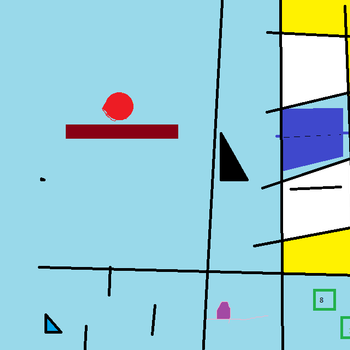What is the equivalent to #2/5#?
3 Answers
Explanation:
Or
See below:
Explanation:
Quite a few things actually!
We can look at
and a percentage:
We can write different types of operations to arrive at
Addition:
Subtraction:
Multiplication:
Division:
We can find fractions that have an equal value to
All the following are fractions equivalent to
Explanation:
There are infinitely many numbers which are equivalent to
However
Recall that multiplying any number by
If you multiply the top and bottom of a fraction by the same number you do not change its value, only what it looks like.
All the following are fractions equivalent to
All of these simplify to the decimal



